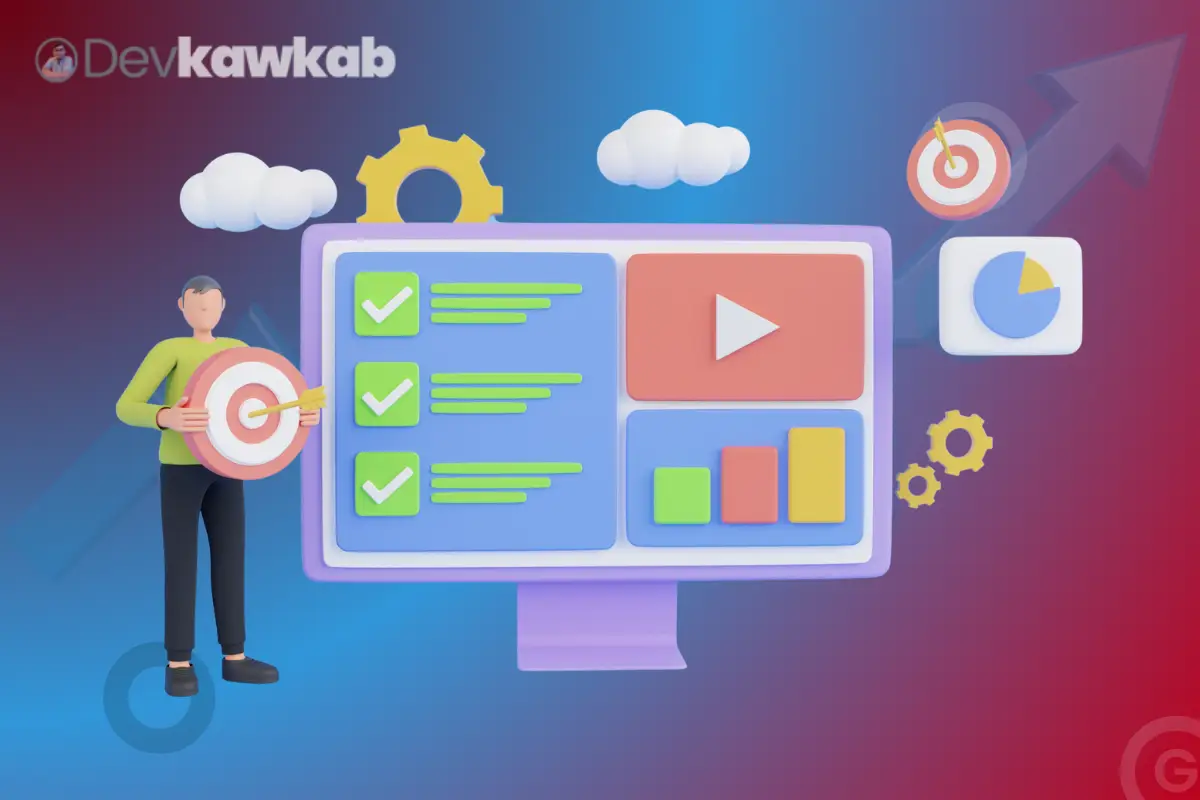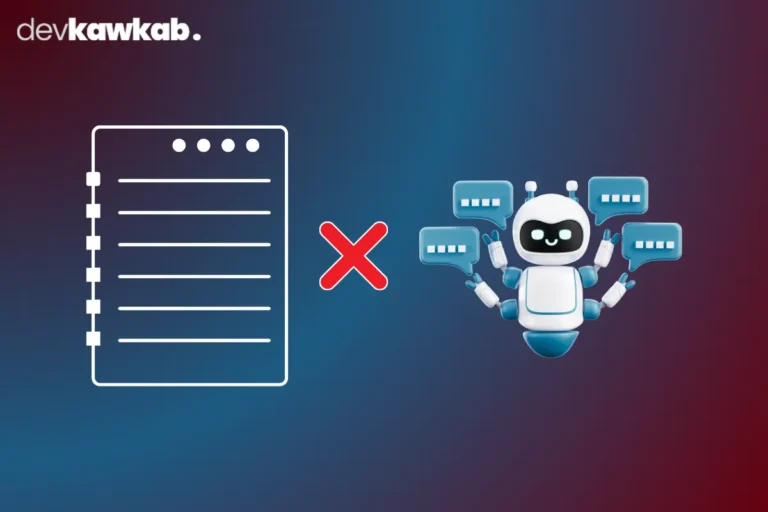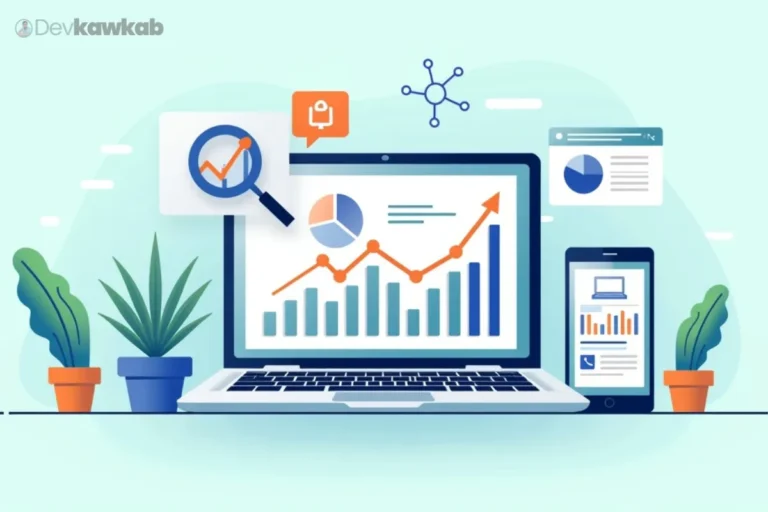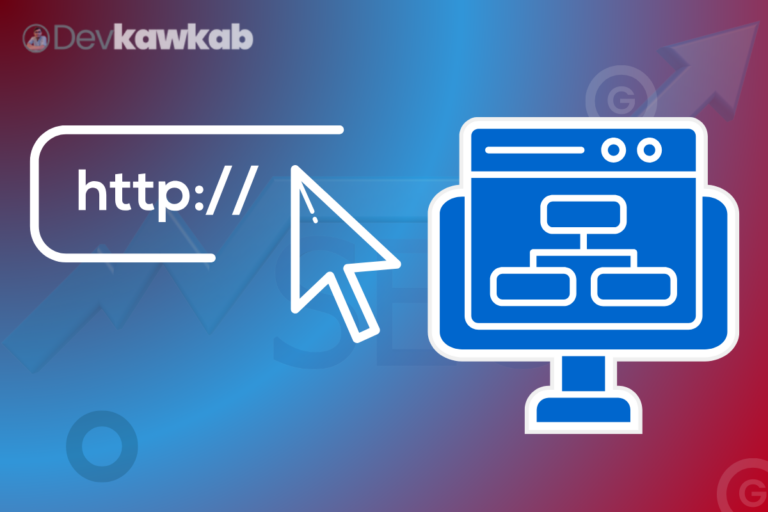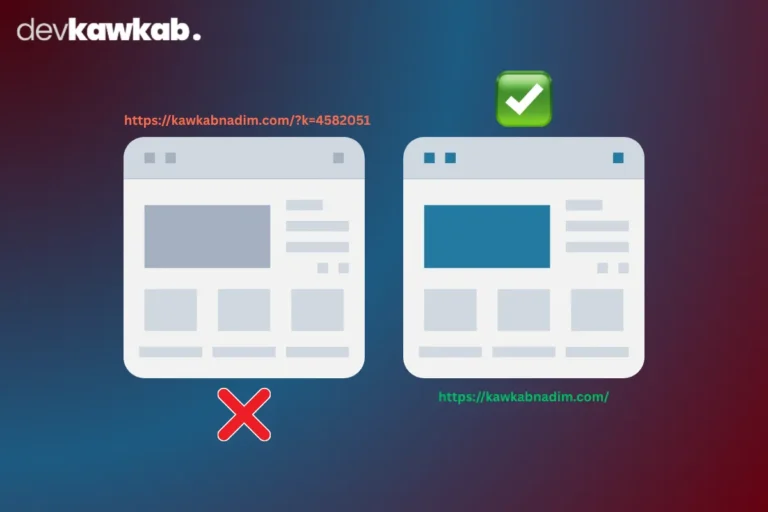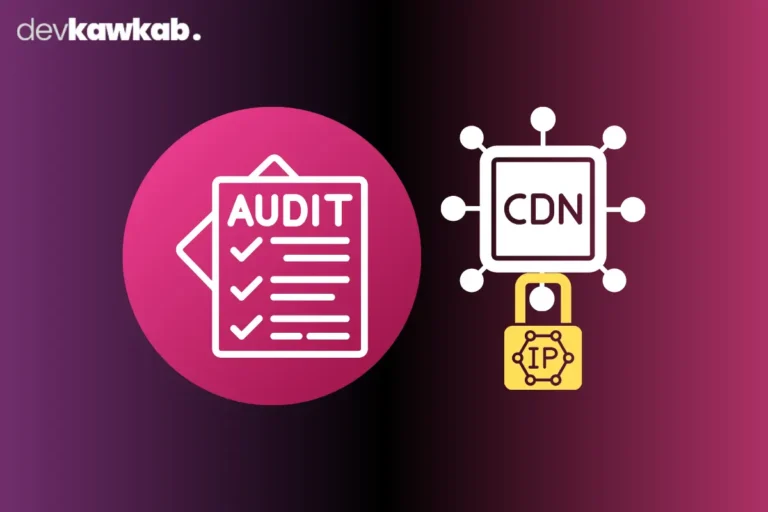Let’s kick things off with a deep dive into Technical SEO.
In this guide, we’ll break down why technical SEO remains critical for any website in 2025. We’ll explore the essential factors that ensure your site performs well, from crawling and indexing to site speed and security.
By the end of this, you’ll understand how to optimize your website’s technical foundation to improve rankings, enhance user experience, and boost search engine visibility.
Let’s get started.
READ OUR FULL ARTICLE
01. Introduction to Technical SEO
Let’s kick things off with a chapter on the basics.
In this chapter, we’ll explore why technical SEO continues to be super important in 2025.
I’ll also guide you through what technical SEO involves and why it’s essential for website rankings.
Let’s dive in.

What is Technical SEO?
Technical SEO is the process of optimizing your website to meet the technical standards of search engines.
It ensures that search engines can crawl, index, and understand your site effectively.
This includes site speed, structured data, XML sitemaps, and other technical elements that enhance the performance of your site on search engines.
Why is Technical SEO Crucial for Website Rankings?
No matter how great your content is, it won’t rank unless search engines can easily crawl and index it.
Technical SEO plays a pivotal role in ensuring that your site is accessible to both users and search engines.
When your site is technically sound, it becomes easier for search engines to rank your pages, boosting your visibility in search results.
02. Crawling and Indexing
Now, let’s talk about two of the most critical processes in technical SEO: crawling and indexing.
These processes ensure that search engines can find and store your content.
In this chapter, we’ll break down how crawling and indexing work and how you can make sure your site is fully optimized for these tasks.
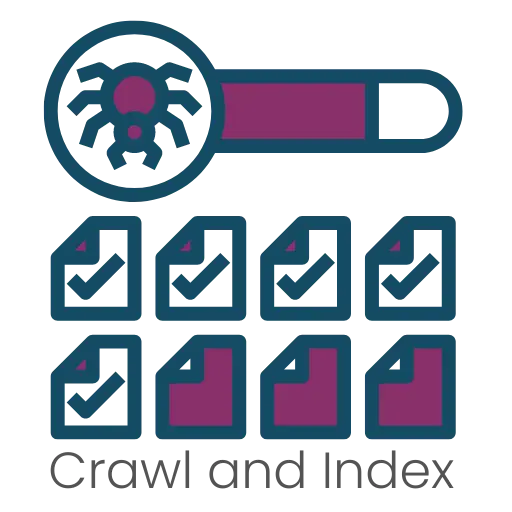
What is Website Crawling?
Crawling is the process by which search engine bots, like Googlebot, scan your website. These bots visit your site and follow links to discover new content.
Essentially, crawling helps search engines understand what your website is about and how its pages are connected.
How Does Indexing Impact Search Engine Rankings?
Indexing is the step that follows crawling. Once a search engine crawls your site, it adds the discovered pages to its index.
This is where your content gets stored and becomes eligible to appear in search results.
If your pages aren’t indexed, they won’t show up in search results, regardless of how relevant or high-quality the content is.
Tools to Check for Crawling and Indexing Issues
You can use tools like Google Search Console and Screaming Frog to check if search engines are crawling and indexing your site correctly.
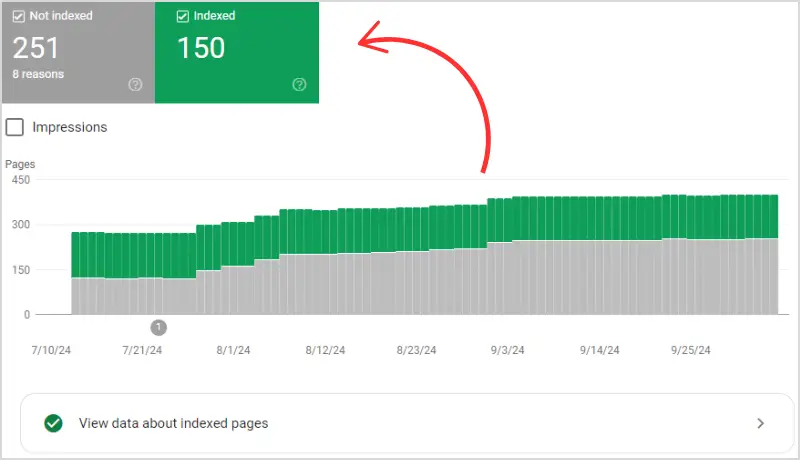
These tools will help you spot any issues that may be preventing your pages from being indexed or fully crawled by search engines.
03. Site Architecture and Navigation
Let’s move on to a key element of technical SEO: site architecture.
A well-structured website is not only essential for user experience but also helps search engines crawl your site more efficiently.
In this chapter, we’ll cover why site architecture matters and how to optimize it for better SEO performance.

Why a Flat Site Structure is Important?
A flat site structure means that all important pages on your site are only a few clicks away from the homepage.
This type of structure makes it easy for both users and search engines to navigate your site, ensuring that all your content is accessible and well-organized.
A flat structure helps Google crawl your site more efficiently, ensuring that no pages are left out.
The Role of Internal Linking for Deep Pages
Internal linking is a powerful tool in SEO.
It helps search engines discover and prioritize pages deeper within your site that might otherwise be overlooked.
By strategically linking from high-authority pages to deeper content, you can improve the visibility and ranking potential of your deep pages.
URL Structure Best Practices for SEO
Your URL structure is an often-overlooked part of technical SEO.
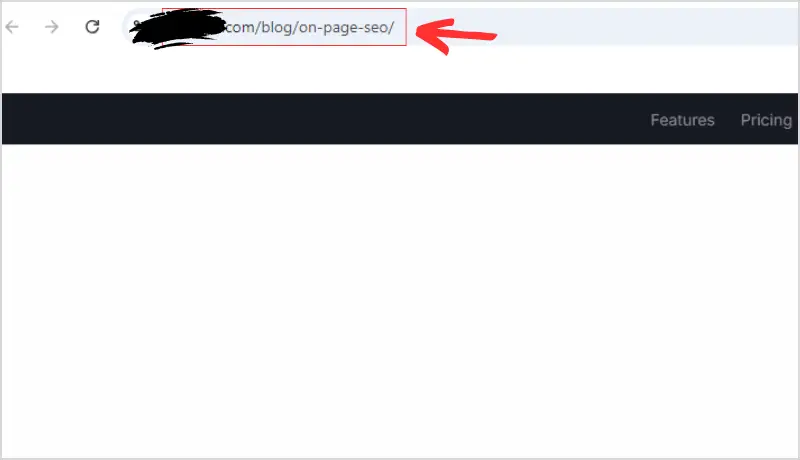
Clean, descriptive URLs help both users and search engines understand the hierarchy of your site.
Avoid unnecessary parameters, keep your URLs short, and make sure they follow a logical structure that reflects the content of the page.
04. Mobile Optimization
Let’s dive into one of the most critical aspects of technical SEO in 2025: mobile optimization.
With the rise of mobile devices, Google has shifted to mobile-first indexing, which means it primarily uses the mobile version of a site for indexing and ranking.
Here, we’ll explore why mobile optimization matters and how to ensure your site is fully optimized for mobile.

Why is Mobile-First Indexing Important?
Mobile-first indexing means that Google uses your site’s mobile version as the basis for rankings.
This shift happened because the majority of users now browse the web using mobile devices.

If your mobile site isn’t optimized, you’re missing out on a significant ranking factor that could hurt your visibility in search results.
Tools to Check Mobile Usability
To ensure that your site is mobile-friendly, you can use tools like Google Search Console’s Mobile Usability report.
This tool helps you identify any issues affecting your site’s performance on mobile devices, such as slow loading times, poor layout, or elements that are difficult to interact with.
05. Page Speed Optimization
Next, let’s explore one of the most direct technical SEO factors affecting rankings: page speed.
In this section, we’ll look at how page speed influences SEO, why reducing page size matters, and which tools can help you check and improve your site’s speed.
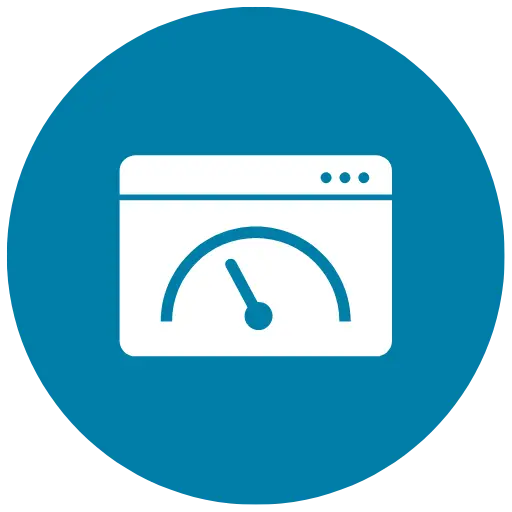
How Page Speed Affects SEO Rankings?
Page speed is a critical ranking factor because it directly affects user experience. Sites that load quickly tend to have lower bounce rates and higher engagement, which signals to Google that the site is user-friendly.
A slow site, on the other hand, can hurt your rankings because users are more likely to leave before the page even loads.
Reducing Web Page Size and Eliminating Unnecessary Scripts
One of the best ways to improve page speed is by reducing the overall size of your web pages.
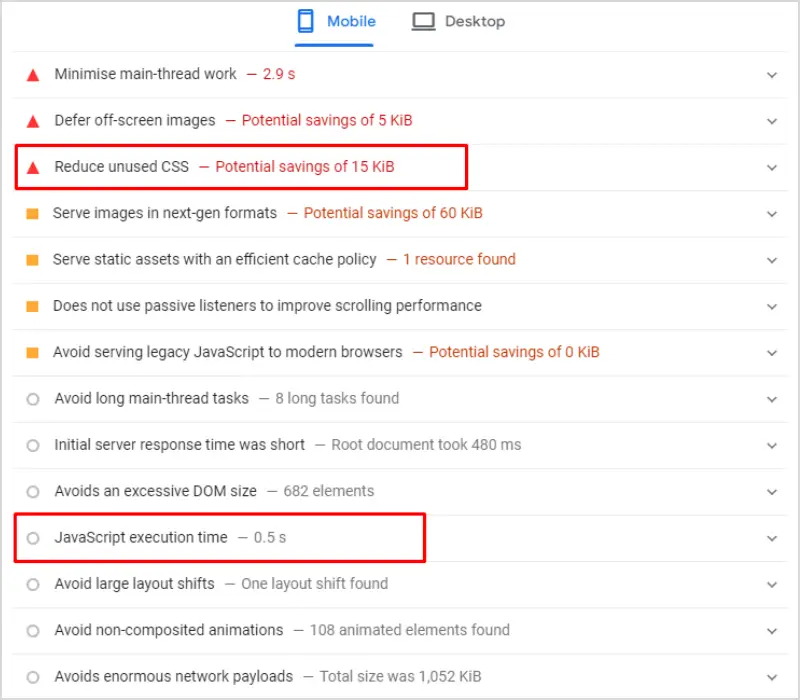
Compressing images, minifying CSS and JavaScript, and eliminating unnecessary third-party scripts can significantly speed up your site’s load time.
Every unnecessary script or large image slows down the page, making it harder for users to access content quickly.
Tools to Check Page Speed (Google PageSpeed Insights, WebPageTest)
You can use Google PageSpeed Insights and WebPageTest to analyze your site’s load times and receive suggestions on how to improve them.
These tools give you a breakdown of your site’s performance, including what’s slowing it down and how to fix it.
06. XML Sitemaps
Let’s move on to another crucial aspect of technical SEO: XML sitemaps.
In this chapter, we’ll explore the importance of sitemaps for indexing and how you can validate and submit your sitemap in Google Search Console.

Importance of XML Sitemaps for Indexing
An XML sitemap acts as a roadmap for search engines, guiding them to all the important pages on your site.
Without an XML sitemap, search engines might miss some of your pages, especially if they’re deep within your site’s architecture.
A well-structured sitemap ensures that search engines can discover and index all of your content.
How to Validate and Submit XML Sitemaps in Google Search Console
To ensure your sitemap is working correctly, you need to validate and submit it in Google Search Console.
This process allows Google to crawl and index your site more efficiently.
Once you submit your sitemap, Google Search Console will show you whether there are any errors or issues that need to be addressed.
07. Structured Data and Schema Markup
Now, let’s dive into structured data and its role in enhancing your search visibility.
In this section, we’ll discuss how structured data can improve your click-through rates (CTR) and why using schema markup is essential for SEO.

What is Structured Data?
Structured data is a way of organizing and labeling information on your website to help search engines understand your content more clearly.
It involves adding code (schema markup) to your site’s HTML, which provides search engines with detailed information about your pages, such as product reviews, recipes, or FAQs.
How Rich Snippets Can Improve Click-Through Rates (CTR)
One of the biggest benefits of structured data is that it can result in rich snippets in the search results.
Rich snippets are enhanced search listings that display additional information, such as star ratings, prices, or product availability.
These snippets make your listing more attractive, increasing your CTR and driving more traffic to your site.
Tools to Validate Structured Data (Google’s Structured Data Testing Tool)
To ensure your structured data is implemented correctly, you can use Google’s Structured Data Testing Tool.
This tool checks your schema markup and lets you know if there are any errors that could prevent your rich snippets from appearing in search results.
08. Canonical Tags and Duplicate Content
Next, let’s discuss how canonical tags and handling duplicate content affect your site’s SEO.
In this section, you’ll learn how duplicate content can hurt your rankings and what steps you can take to resolve these issues.

How Duplicate Content Hurts SEO?
Duplicate content refers to identical or very similar content that appears on multiple URLs.
Search engines struggle to decide which version to rank, and this can dilute the SEO value of your content.
Duplicate content can also cause search engines to ignore your pages altogether, affecting your site’s overall rankings.
Best Practices for Using Canonical Tags
Canonical tags tell search engines which version of a page is the original or primary source.
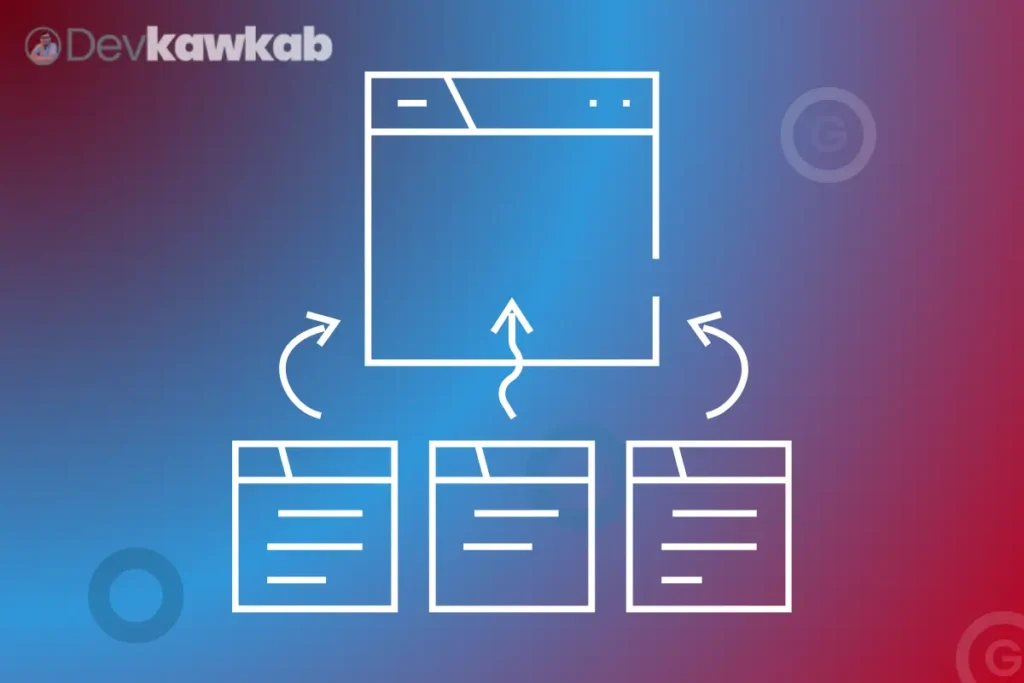
By adding a canonical tag to duplicate or similar pages, you ensure that search engines know which version to index and rank.
This prevents issues with duplicate content and helps consolidate SEO value.
How to Handle Duplicate Content with Noindex Tags?
For pages that don’t add unique value to your site, such as duplicate product pages or tag archives, using a noindex tag can be a good solution.
A noindex tag tells search engines not to index the page, preventing it from showing up in search results.
09. Hreflang for International SEO
Let’s move on to international SEO and the role of the hreflang tag.
In this section, we’ll explore how the hreflang tag helps Google serve the correct language and regional version of your site to users, ensuring the best experience for your global audience.

Why is the Hreflang Tag Important for Multilingual Sites?
The hreflang tag tells search engines which language version of a page to serve based on a user’s location and language preferences.
Without this tag, Google might serve the wrong version of your site to users in different regions, leading to a poor user experience and lower rankings in international searches.
Best Practices for Implementing Hreflang
To ensure your hreflang tags are implemented correctly, you need to set them up for every language and region you’re targeting.
This includes adding hreflang annotations in your HTML or using sitemaps to specify the correct language versions for each page.
Proper implementation ensures that users from different countries see the appropriate version of your site.
10. 404 Errors and Redirects
Now, let’s tackle the topic of 404 errors and redirects.
404 errors can harm your site’s SEO if not managed properly.
In this section, we’ll discuss how to handle these errors and when to use 301 redirects to fix broken links.
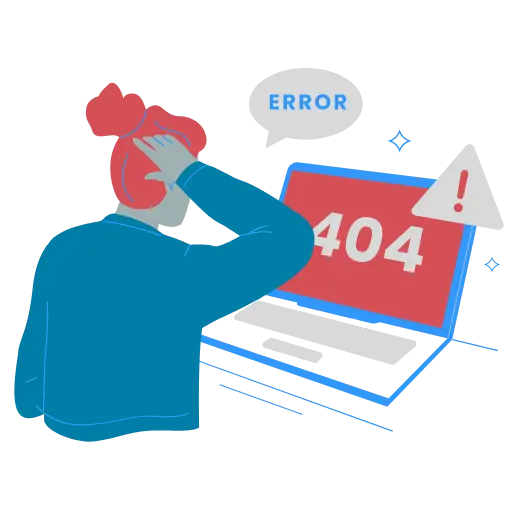
The Impact of 404 Errors on SEO
A 404 error occurs when a page is not found, either because it has been deleted or the URL is incorrect. These errors can frustrate users and lead to a poor user experience.
Moreover, too many 404 errors can prevent search engines from crawling your site efficiently, hurting your SEO efforts.
Using 301 Redirects for Broken Links
A 301 redirect is a permanent redirect that passes the SEO value from the old URL to a new one.
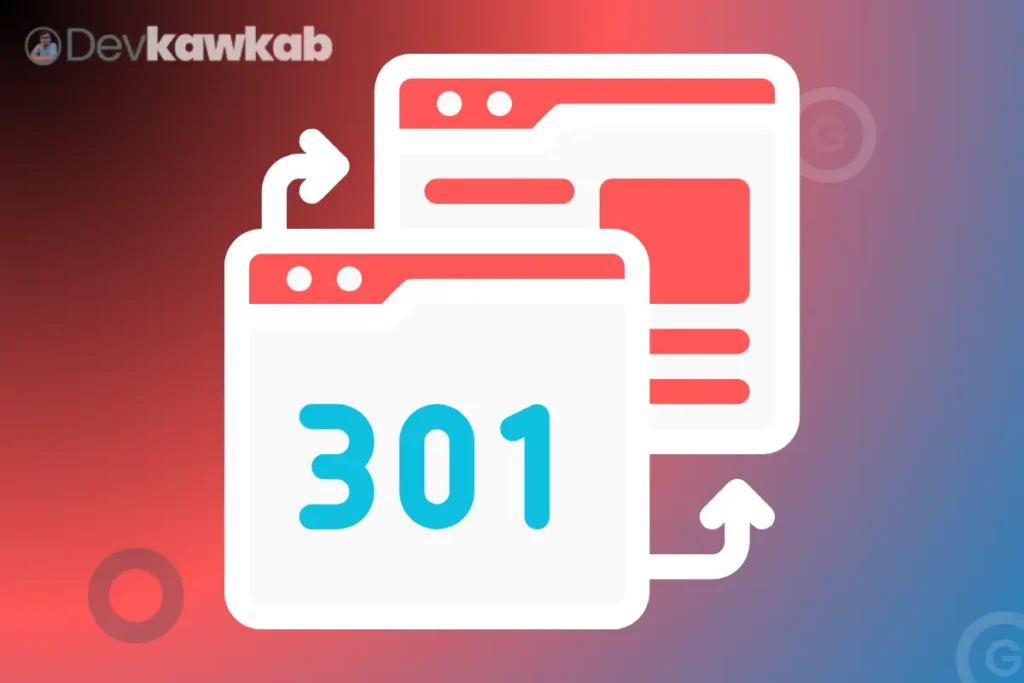
Whenever a page is deleted or moved, using a 301 redirect ensures that any links pointing to the old URL still lead to a valid page.
This helps maintain the SEO value of your site and prevents broken links from affecting your rankings.
Tools for Checking Broken Links (Screaming Frog, Semrush)
You can use tools like Screaming Frog and Semrush to identify broken links and 404 errors on your site.
These tools provide detailed reports on which pages are returning errors and allow you to set up redirects to fix them quickly.
11. Thin Content and Content Quality
Let’s now discuss thin content and its impact on SEO.
In this section, we’ll explore why thin content can hurt your rankings and how to ensure your content meets quality standards that search engines favor.

How Thin Content Affects Rankings?
Thin content refers to content that provides little or no value to users.
Pages with thin content tend to rank poorly because they don’t satisfy user intent. Search engines prioritize content that is in-depth, relevant, and useful.
Thin content can lead to penalties, especially if it’s widespread across your site.
Tools to Identify and Fix Thin Content (Raven Tools, Semrush Site Audit)
To identify and fix thin content, tools like Raven Tools and Semrush Site Audit are incredibly useful.
These tools crawl your site, identify pages with low word counts or irrelevant content, and help you prioritize which pages need improvement.
12. Security and HTTPS
Let’s talk about why security is a crucial factor for technical SEO.
In this section, we’ll cover why HTTPS is a ranking factor and how you can ensure your site is secure for both users and search engines.
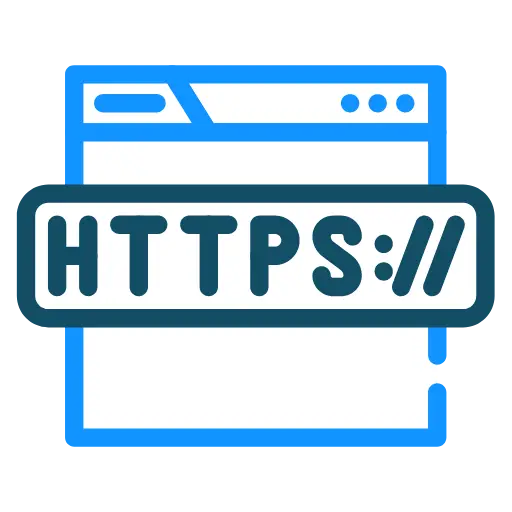
Why HTTPS is a Ranking Factor?
Google prioritizes secure websites in search results. HTTPS ensures that data transferred between your site and users is encrypted, providing a more secure experience.
If your site still uses HTTP, you risk losing rankings, as Google may flag your site as insecure.
How to Ensure Your Site is Secure for Users and Search Engines?
To switch from HTTP to HTTPS, you’ll need an SSL certificate, which encrypts the connection between your site and its users.
Once the SSL certificate is installed, you should update your URLs to use HTTPS and set up 301 redirects from the old HTTP versions to the new HTTPS pages.
13. Technical SEO Tools
Finally, let’s take a look at some essential tools for technical SEO.
In this chapter, we’ll provide an overview of the best tools to audit and improve your site’s technical SEO performance.
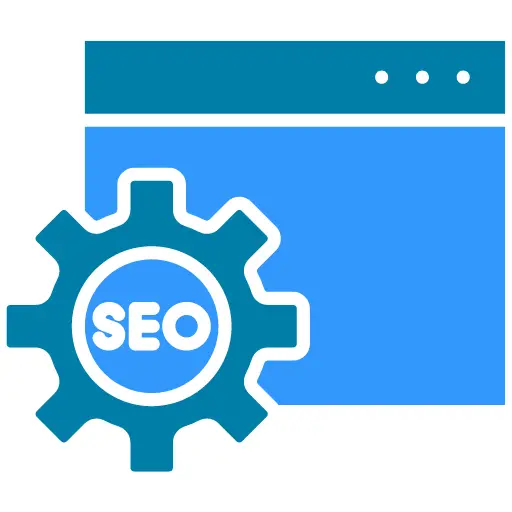
Overview of Essential Tools for Technical SEO Audits
Here are the must-have tools for any technical SEO audit:
- Google Search Console: Offers insights into how Google crawls and indexes your site, along with any errors that need fixing.
- Screaming Frog: A website crawler that helps you identify issues with your site’s architecture, links, and more.
- SEMrush: Provides in-depth SEO audits, covering everything from page speed to backlinks.
- Ahrefs: Known for its backlink data, Ahrefs also offers a robust site audit tool that covers various aspects of technical SEO.
Final Words
That’s a wrap on our comprehensive guide to Technical SEO.
By now, you should have a solid understanding of how critical technical SEO is for your website’s success in 2025.
Whether it’s optimizing site speed, ensuring mobile compatibility, or setting up structured data, each element plays a vital role in boosting your search engine rankings.
Implement these strategies, and you’ll be well on your way to improving your site’s visibility, usability, and overall performance.
Related Articles:
